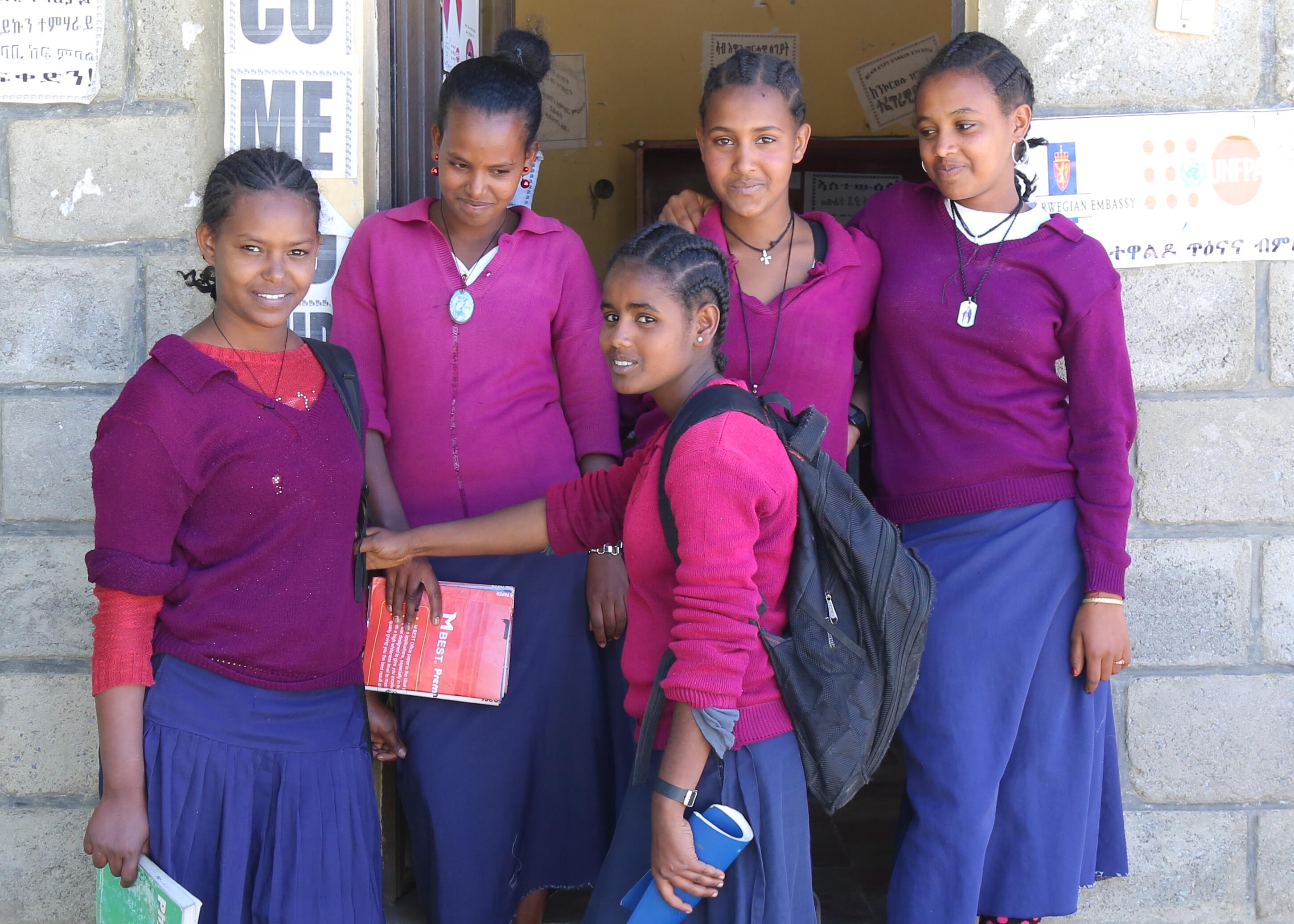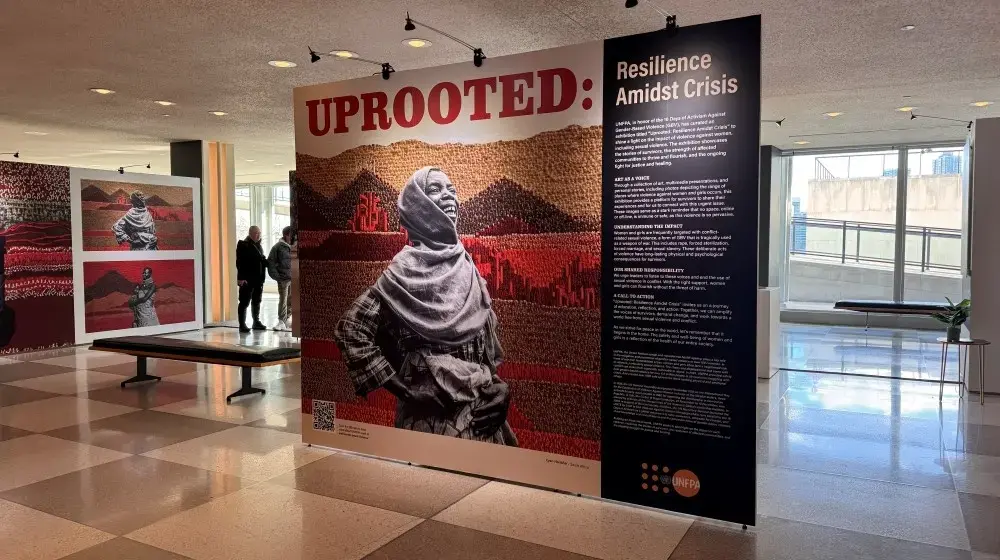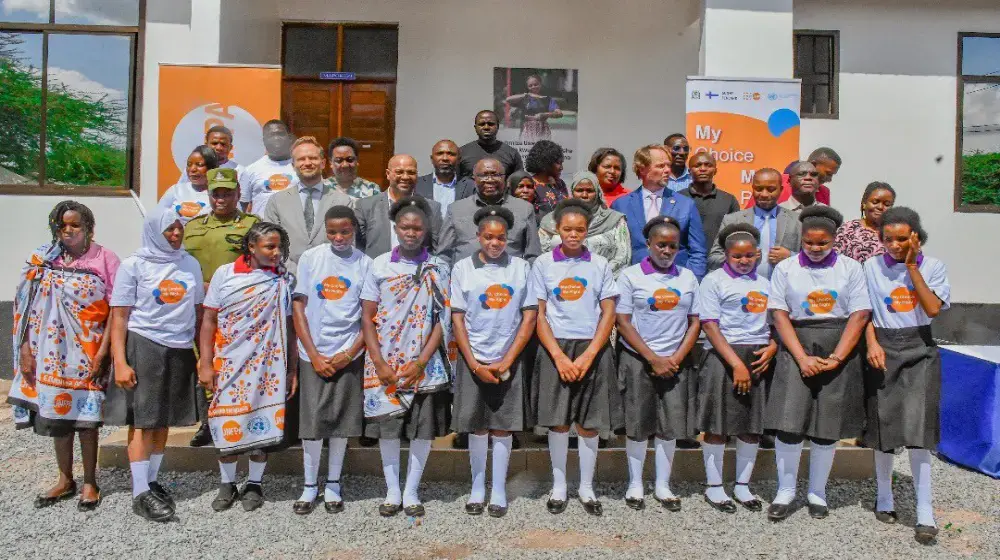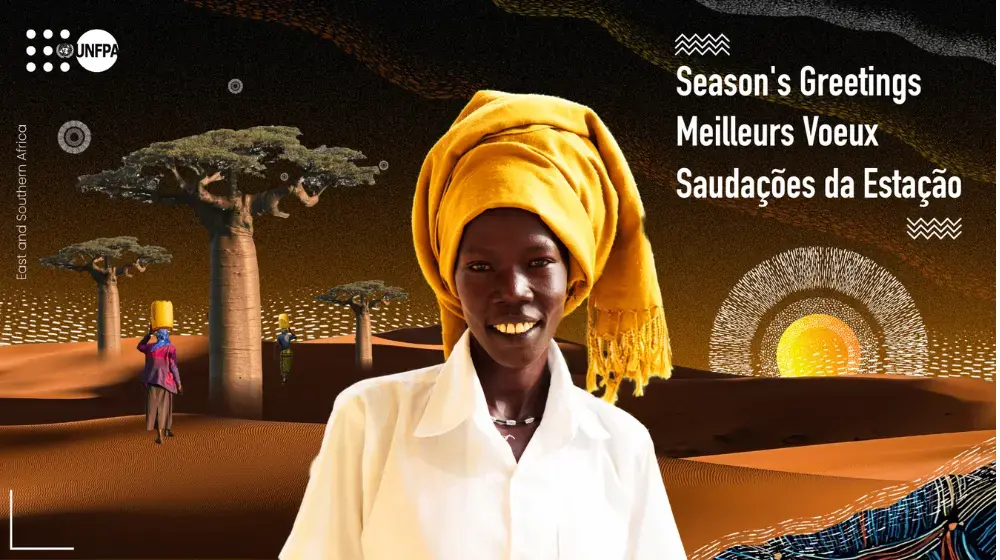Joint opinion editorial by Mohamed M Fall, Regional Director for UNICEF Eastern and Southern Africa, and Dr. Julitta Onabanjo, Regional Director for UNFPA East and Southern Africa, on the occasion of International Day of Zero Tolerance to Female Genital Mutilation
The ten-year period from 2020 to 2030 is the Decade of Action for Sustainable Development, a decade of ambitious action to deliver the Goals by 2030. The UN, with 75 years of global development experience, understands that meaningful development takes time. It is often achieved in a series of decisive, cumulative actions that build up to big transformative results. The role of young people in sustainable development cannot be understated, and their efforts must underpin this decade.
The theme of the 2020 International Day of Zero Tolerance to Female Genital Mutilation (FGM) underscores the critical role that young people play in ending FGM, and this is celebrated this year through #youthendFGM.
Female Genital Mutilation (FGM) is an issue that resides at the final frontier and it can benefit immensely from calibrated action – right now, in this decade.
FGM practices – ranging from the most extreme form, infibulation, through incisions or pricks that hurt and desensitize – can cause haemorrhage, shock, serious injury or a range of infections. In the long term, FGM may lead to infertility and increased susceptibility to infections, and can become life threatening during child birth.
After more than three decades of campaigning against FGM, this year is a watershed moment for women and girls at risk. Recent dramatic reductions in countries like Kenya, where FGM has dropped by 72 per cent in one age bracket, show that FGM can become a practice of the past – as it must.
Yet, it is equally true that based on current trends, most girls in Somalia will see their own daughters go under the knife, while resurgent cross-border FGM is unravelling successes made, and the murky area of medicalization merely attempts to sanitize what remains a gross human rights violation.
So, there are huge successes and significant threats. For us, the successes far outweigh the threats. Boldly, we assert that ending FGM by 2030 is possible.
Africa, and particularly Eastern and Southern Africa (ESA), structurally has the best ingredients to end FGM. For the first time in decades we have unparalleled political commitment. At its 32nd Ordinary Session of Heads of State and Government in November 2019, the African Union launched the Saleema Initiative on Eliminating Female Genital Mutilation, in keeping with Agenda 2063 “The Africa We Want”, with a specific aspiration on FGM. In four out of the five countries that practice FGM in ESA, legal and policy frameworks exist that ban FGM.
Communities across the region are making public declarations of abandoning FGM, which is a powerful stand.
Lastly, and most importantly, there is a new breed of girl, who is a strong campaigner and survivor, who abhors the practice and whose voice cannot be silenced. Girls like Sharleen, from Kenya, who are fierce and fearless. While in class 8 Sharleen’s father tried to force her to undergo FGM. She refused and sought support. Now, she is proudly in secondary school and is a community mobilizer to end FGM. These bold actions are repeated across communities – and rightly so, as this year’s theme reiterates that power should reside with young people like Sharleen.
This could not be said a few years ago, so the momentum is right! It may indeed be a tipping point.
To capitalize on this, five key actions are critical:
First, political commitment should be backed by domestic resources to enforce laws and implement action plans. While development partners provide catalytic funds, these are not enough – public financing is a must. The average cost of preventing one case of female genital mutilation is US$95. The total global cost will be US$2.4 billion. This is the financial investment needed to prevent, protect and provide treatment to end FGM in 31 high incidence countries from 2020 to 2030.
Second, emerging trends jeopardize current progress on ending FGM. Cross-border FGM presents a new frontier in the fight against FGM. Urgent action is needed through implementation of the Mombasa Regional Declaration, starting at the borders. Emerging medicalization of FGM needs to be addressed systematically, with the cooperation of health practitioners.
Third, community engagement and addressing social norms at the grassroots level remain essential. Here, traditional leaders are key partners in challenging and shifting negative social norms that drive FGM. This means governments and development partners should invest in community dialogue. Understanding and transforming the social drivers of FGM, and social norms measurement is pivotal to assess change and tailor-make programmes.
Fourth, empowerment of women and girls is central. The collective approach should look at empowerment from two lenses. The first should focus on equipping more and more women and girls to speak out emphatically against FGM and to be protected when they do so. In this, engaging men and boys as agents of change in gender equality work is essential. The second lens should address poverty, one of the key drivers of FGM. Ensuring women and girls have access to knowledge and are able to gain skills is key to preventing early marriage and harmful practices. Where FGM is a factor in marriageability, girls and young women must be able to access employment or entrepreneurship to fulfill their potential.
Fifth, accelerated government action is essential. At the recent 25th anniversary of the International Conference on Population and Development (ICPD), the movement to end FGM received unprecedented support and was recognized as core to comprehensive sexual and reproductive health services. We will continue to support governments to sustain their efforts to end FGM and harmful practices.
As development partners, we argue that this is a rare moment: governments, partners and communities now know what works, and they are willing to do it. We must collectively implement and resource a cocktail of proven solutions in the areas of cross-border FGM, medicalization, social norms, protection, empowerment and access to services for women and girls. The UNFPA-UNICEF Joint programme on FGM will continue to work with governments to end FGM by 2030.





